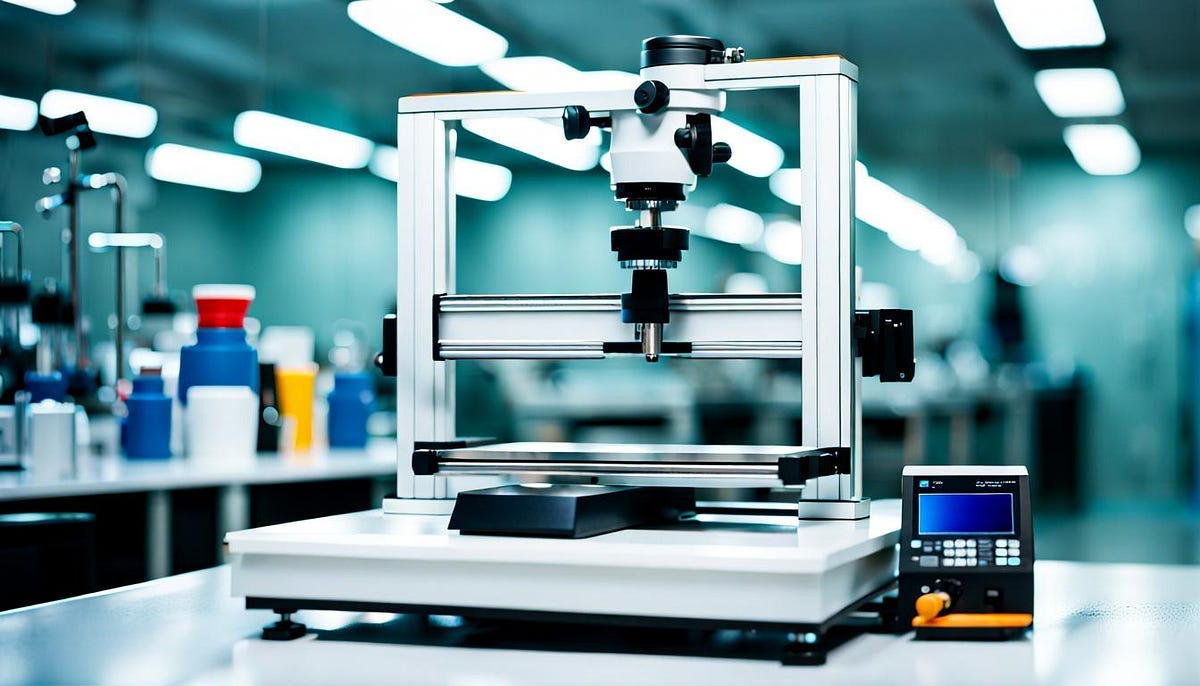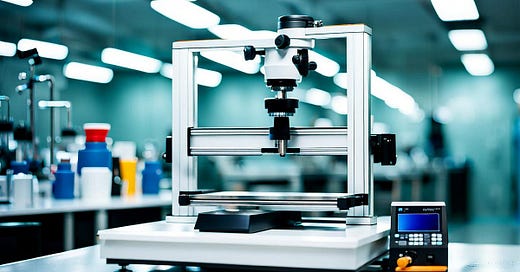Down Syndrome and How it Affects Each Person Differently
The latest scientific research explains all
The latest scientific research explains all

Perhaps you’ve noticed at some time that people with Down Syndrome vary widely in their ability to cope with everyday life. Some are bright and smart despite their condition, and others are slow and struggle with everyday tasks, while some fall somewhere between these measures.
Here is the scientific explanation for this. You may have expected that a person is either Down Syndrome or is not, and wondered about the differences between two people with the same syndrome.
It’s all to do with chromosome 21.
New clues about Down Syndrome from chromosome studies
Down syndrome is caused by having an extra copy of chromosome 21. Scientists are studying rare cases to learn exactly how this extra chromosome leads to Down syndrome.
What is partial Trisomy 21?
Normally people have two copies of each chromosome. In Down syndrome, there are three copies of chromosome 21.
Partial trisomy 21 means only part of chromosome 21 has three copies, and some of these people have Down syndrome and some don’t. Comparing them helps find the genes that matter most.
Pinpointing the Down Syndrome Critical Region
Past research found a small, 34,000 base pair section of chromosome 21 called the Down syndrome critical region or DSCR. Everyone with partial trisomy 21 who has Down syndrome has an extra copy of this tiny section, and this suggests key genes in the DSCR play a big role.
Studying two new cases
Scientists looked at two kids with unique partial trisomies:
Case 1 had extra copies of most of chromosome 21, including the DSCR. This child had features of Down syndrome.
Case 2 had extra copies only at the end of chromosome 21, not the DSCR. This child had some delays but no Down features.
Supporting the DSCR’s importance
These cases fit the pattern that duplicating the DSCR leads to Down syndrome. People without an extra DSCR don’t have the features, even with extra copies elsewhere.
Reviewing other published cases also showed the DSCR matters:
Case 3 had almost a full extra chromosome 21 with the DSCR and Down syndrome.
Case 4 had a small duplication without the DSCR and no Down features.
Looking closer at DS genes
The DSCR remains important for Down syndrome, so researchers will keep studying it to find the genes that contribute to disabilities when duplicated.
Learning from rare partial trisomy cases provides clues about how genes affect development.
References:




